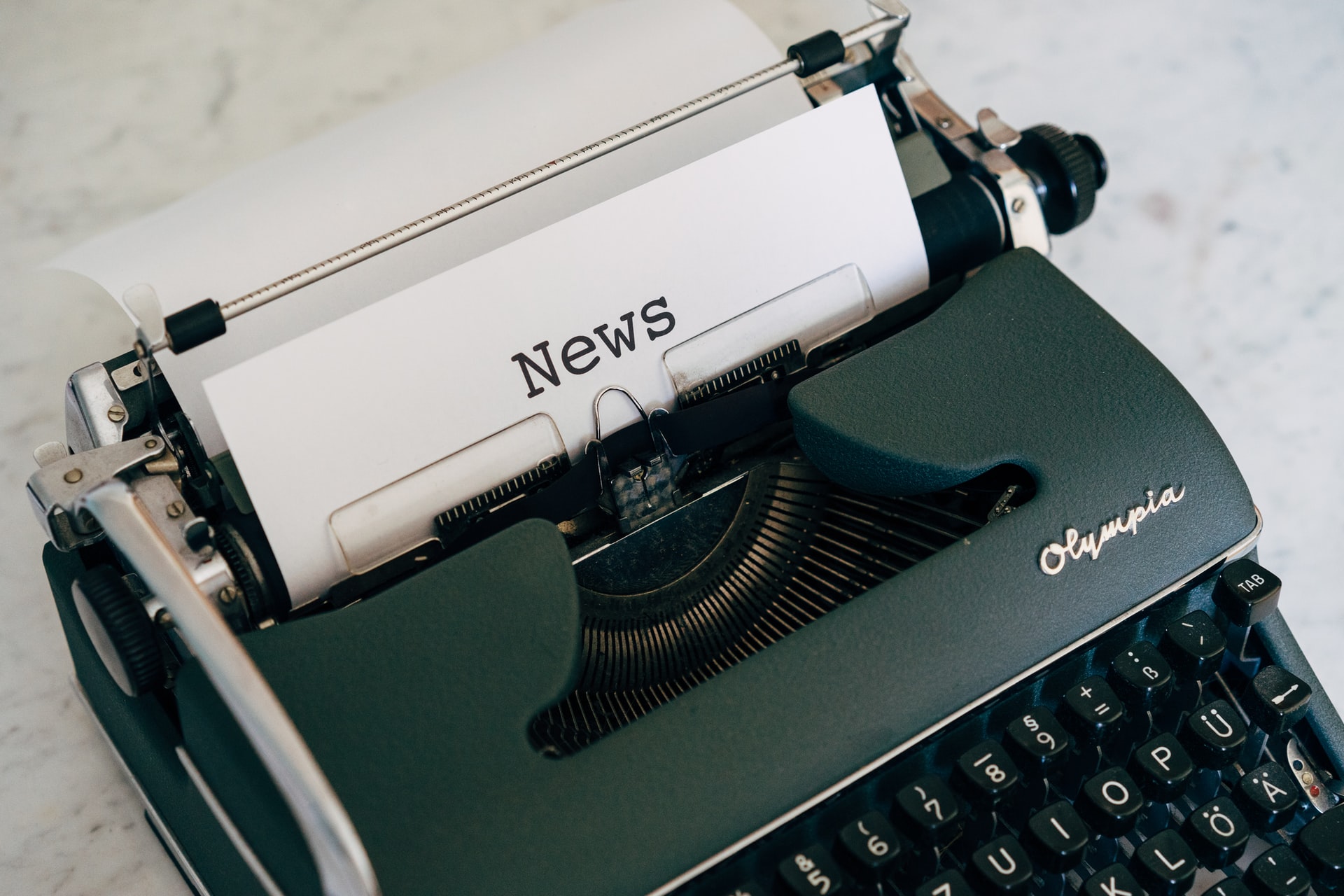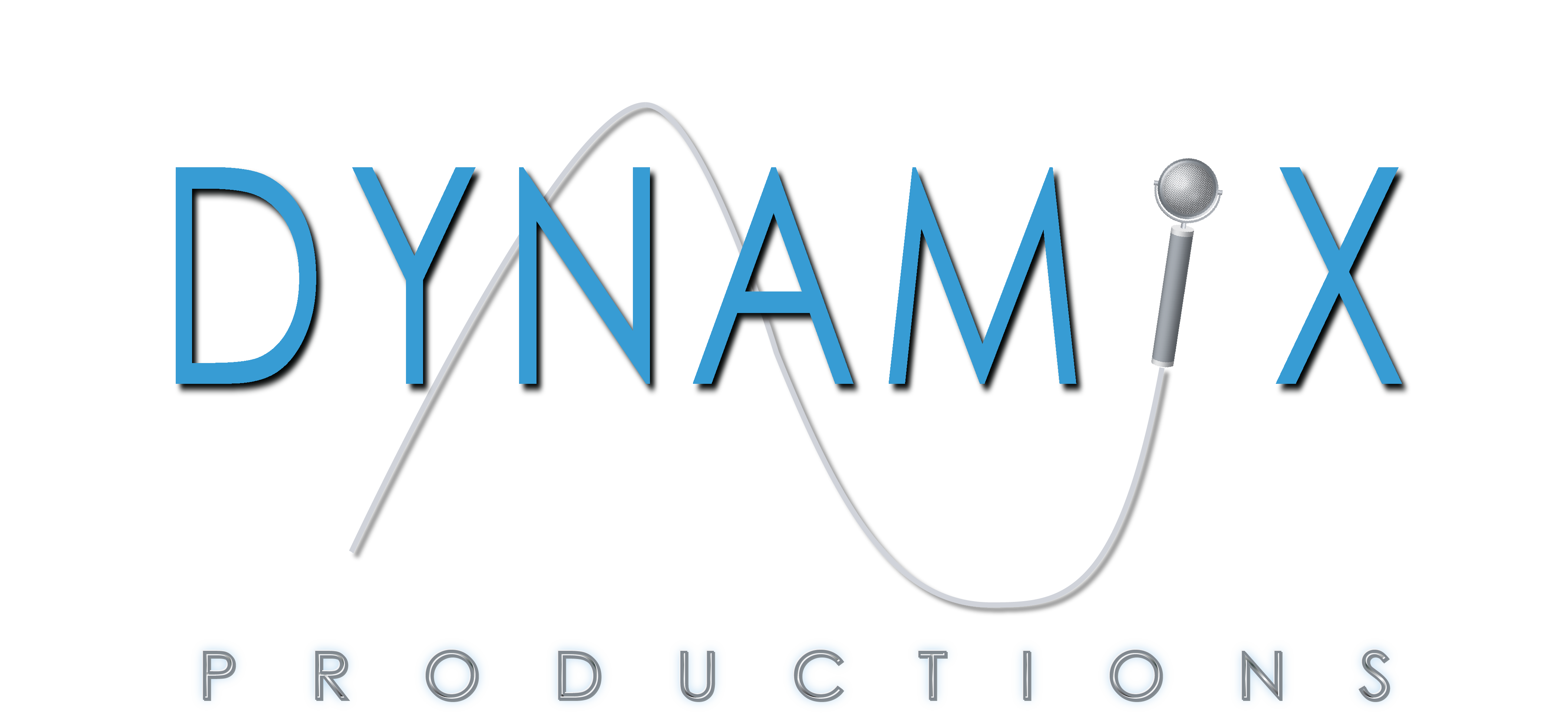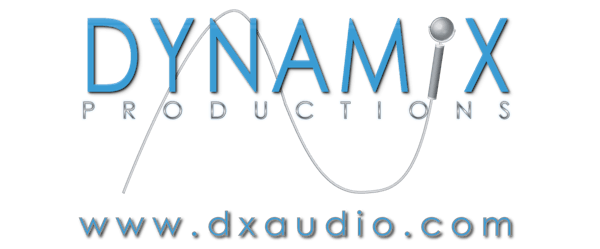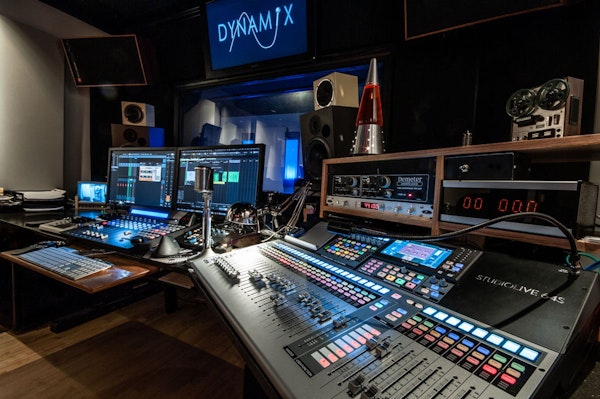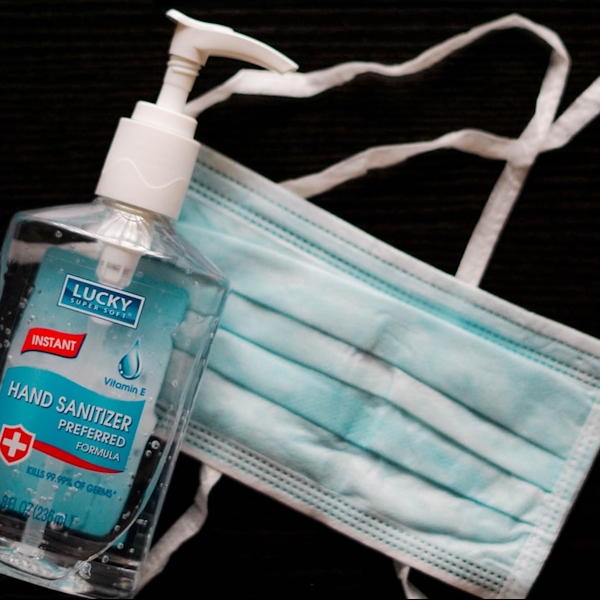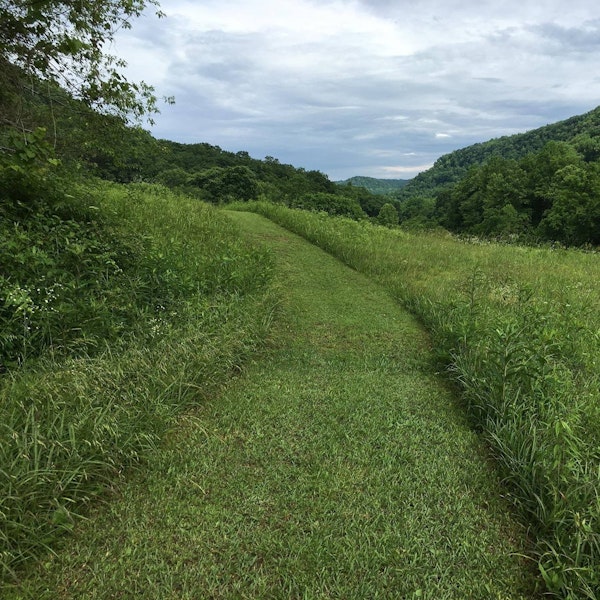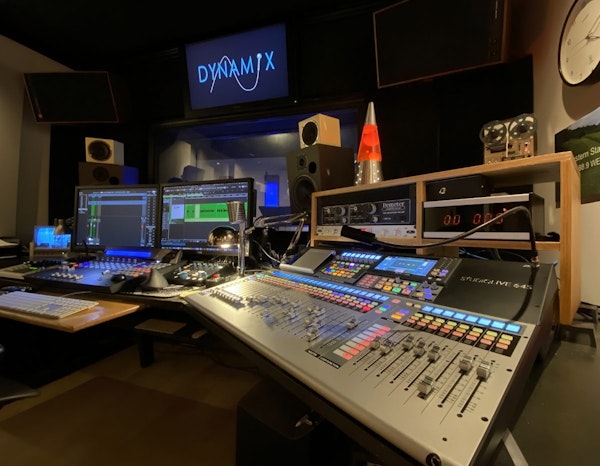When you work in an industry that relies heavily on technology, you have to keep up. So we've recently made a number of enhancements, upgrades, and renovations to our studios, some of which are truly breathtaking. Let's start at the heart of Dynamix: our Digital Audio Workstation (DAW).
Our workhorse software is Nuendo from Steinberg Media Technologies. Steinberg is an old sole in the DAW industry. First entering the market in 1984 with a computer-based MIDI sequencer, in 1989 they repackaged their app as Cubase. In short time they added audio recording capability and their new invention VST (Virtual Studio Technology), a highly advanced effects plug-in standard. The name Cubase has become almost as familiar as the stalwart ProTools, and has evolved into the go-to software for music creation. In 2000, Steinberg enhanced the Cubase program with additional modules for post-production and called it Nuendo.
I've been using Nuendo since 2003, starting with version 1.5. I was drawn to its fluid editing tools and its ability to run on only the host computer. At the time, ProTools and other professional DAWs needed a separate computer for processing audio. I've stuck with Nuendo the entire time, riding the waves of incremental improvements and occasional earth-shattering leaps forward, as it has changed the post-production industry. Because Avid ProTools is ubiquitous in facilities all around the world, many film and TC producers turn to it out of habit. It is indeed a powerful DAW, but Nuendo has started to knock ProTools' crown off in the last decade. Nuendo is now a serious tool for serious post-production.
Nuendo already has a number of enticing advancements to lure users from other platforms, but converts cite its strength in dialog, voice-over, and ADR production as their main reasons to switch. Artificial intelligence can assist in editing dialog passages. Nuendo's new tools to process the voice allows editors to transparently increase loudness and intelligibility without distortion. For years it's had a sophisticated ADR taker.
A major companion to my DAW is a suite of processing tools from Izotope. For more than 20 years, Izotope has been creating "intelligent audio technology" that allows users "to focus on their craft rather than the tech behind it." Their RX restoration software is second to none at removing background (and foreground) noise. Recordings with extreme problems now have a better chance at being saved with artificial intelligence and machine learning. Uneven ambient backgrounds can be smoothed out and rebuilt. Over-modulated audio can be reconstructed into natural-sounding recordings. They just keep surprising me with their restoration tools and the magic they perform.
Izotope also has many other tools like Neutron, which employs AI to help music mixes attain greater clarity and balance. Their Ozone mastering plugin is one of my most used and effective tools to get that loudness and sparkle in my mixes. The company also has multiple reverbs, synthesis tools, levelers, and other applications that break the traditional ways of producing soundtracks and force their competitors to catch up.
We've also added I/O, or "input/output." A long overdue major upgrade is a 64-channel mixing console. The StudioLive 64s is the flagship console from Presonus that features 64+ inputs, 50+ outputs, built-in gate/compressor/equalizer/limiter on each input channel, velvety microphone pre-amps, internal digital recording, channel settings and scene recall, and so much more. There are too many other functions to list, but in short, this console is a godsend. I now have all my devices, sources, and destinations in one place. I can route any source to any destination with a quick push of a button. During the pandemic, my frustration with connecting and isolating guests on the telephone and Zoom calls boiled over. I can now interconnect, isolate, and record two phone calls, a Zoom call, a TieLine connection, a guest in Studio B, two guests in Studio A, and the host - all at one time. That sure would be a busy conversation.
To aid in mixing projects in my DAW, I've added a multi-fader controller. The QCon ProG2 from Icon has more buttons than I'll ever use, but it can almost completely control Nuendo, from fader and pan controls, to the transport, to plug-in settings, to controlling an ADR session. It's fully customizable to how you work.
Another input we've upgraded is our ADR boom microphone. We still have the three-piece Audio-Technica set of booms (short, medium, long), but we're now using a Sennheiser MKH-416 as the main shotgun mic. It's an industry standard for location and ADR productions, just like our Neumann U-87 microphones are for voice-overs. The MKH-416 is also a great mic for voice-overs that naturally gives a great punch to the sound.
For I/O when we're out, we've upgraded our remote recording gear. For quick and truly mobile recording, the Zoom H6 recorder offers up to 6 tracks of recording. Optional X-Y and M-S microphones are available for environmental recordings. We also have the Neumann KM86 stereo mic kit as well as the Shure VP-88 stereo/M-S microphone. For more complex remote recording situations, we've added a Yamaha 16-channel console with multiple outputs. We still have options for even larger recordings, such as 24-track and 32-track projects.
We already have tens of thousands of music cuts and sound effects available, but we've also added libraries from Artlist and Soundly. Artlist adds a modern take on licensed music, with multiple composers cranking out radio-ready tunes. Soundly seems to be the Artlist for sound effects, with specially curated sound packages and access to thousands of unique recordings from individual contributors.
As you can see, we've been busy enhancing our studios and services for you. Stay tuned to what's coming next!
